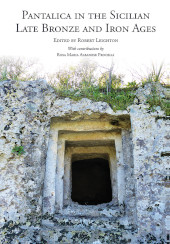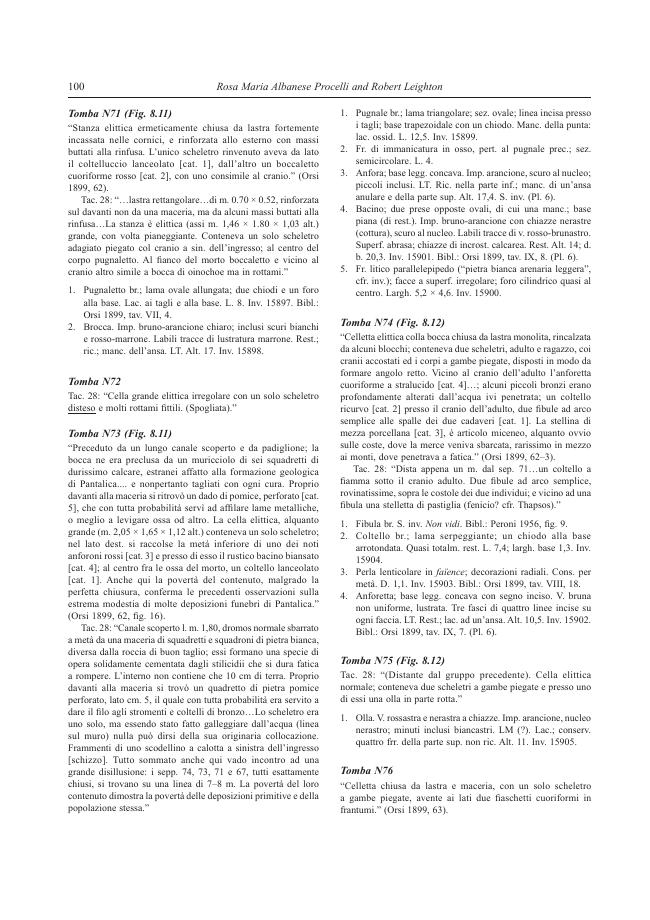2019 - Oxbow Books
E-book
Digital Version
Download | Copy/paste | Printing
Pantalica in the Sicilian Late Bronze and Iron Ages : Excavations of the Rock-cut Chamber Tombs by Paolo Orsi from 1895 to 1910
216 p.
- Pantalica is a large limestone promontory in southeast Sicily known chiefly for a series of extensive cemeteries comprising thousands of chamber tombs cut out of the rock, dating mainly between the 13th and 7th centuries BCE. A UNESCO World Heritage site and nature reserve, renowned for archaeological remains in a spectacular natural setting, the site gives its name to the Late Bronze and Iron Age andldquo;Pantalica cultureandrdquo;, typical of southern Sicily in the period just before Greek colonization. At the time of Greek colonization in southern Sicily (8th c BCE), however, Pantalica was still one of the main indigenous centers of the region, sometimes likened to a chiefdom, dominating a sizeable territory and subsidiary settlements. The main excavations were undertaken by Paolo Orsi between 1895 and 1910 and mainly comprise information and relatively abundant finds of pottery and bronze artefacts from about 250 chamber tombs. The material is housed in the Archaeological Museum of Syracuse and is crucial
- for an understanding of local cultural traditions, burial practices and international contacts between Sicily and other areas (Italy, the eastern Mediterranean) in this period. The finds are only known from a small selection published by Orsi in two articles of 1895 and 1912. More than half were never published. The main aim of this volume is to provide a comprehensive study and illustrated catalogue of all the finds from the Pantalica tombs, along with new information from Orsiandrsquo;s original excavation notebooks about their original context. In addition, the authors present the results of original research on different aspects of the evidence, including topography, funerary architecture (chamber tombs), funerary practices, ceramics, metals and other finds, and chronology. This volume will be an indispensable source of hitherto unpublished information of particular interest to scholars of Mediterranean later prehistory and connections between Greek colonists and native populations in the early historica.
- l period. Some new information is also provided about remains of the classical, Hellenistic, late antique and Medieval periods. [Publisher's text].
- Special access authorizations may apply; please contact us for further information.
-
Information
ISBN: 9781789253054
DISCIPLINES



